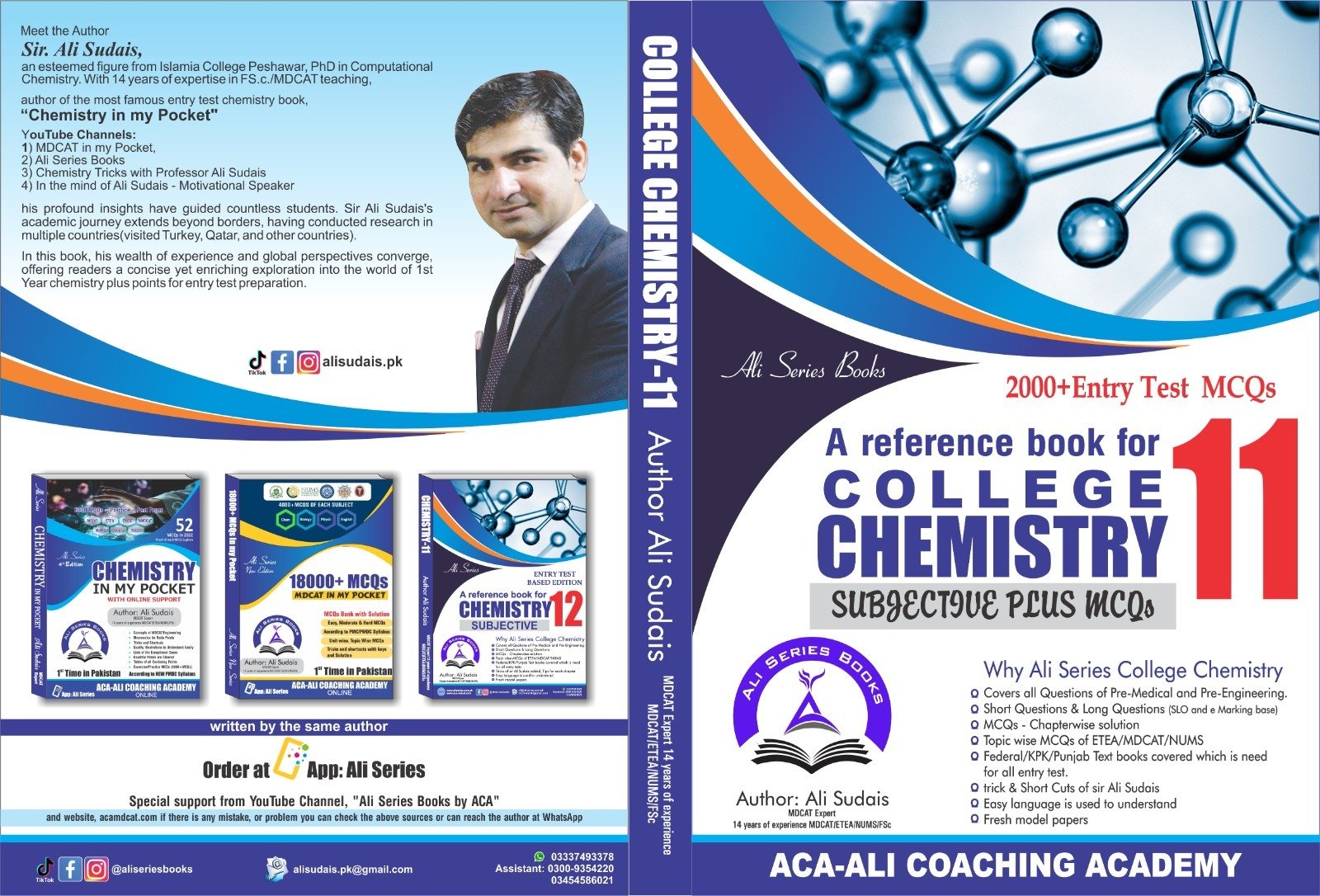Currently Empty: ₨ 0
S and P Block elements lectures according to the MDCAT Syllabus
MDCAT TOPICS PLUS VIDEO LECTURES ARE GIVEN WITH IT
Periodic table or periodic classification of elements.
The periodic table contains 118 elements, according to our course. The discovery of new elements is continuous. The elements in the periodic table are either beneficial or harmful to human beings.
Periodic table has a long history, but the history is not included in the MDCAT course; Only modern periodic table and their topics are added, which are given below. We will add only the names of the discoverer and method.
- Dobereiner’s Triads, 1829
- Newland’s law of Octoaves (1864)
- Mendeleev’s Periodic Table
- Modern Periodic Table and Periodic Law
The lecture goes into detail about the demarcation of the periodic table (the first topic).
Mnemonic of Series 2 of d block: Yaari zra nibana moth thak rukawatty rahain parhingi agay chal cr..
the following video contains the classification of periodic table on the basis of s, p, d and f block elements.
Syllabus Topics
- Electronic configuration
- Chemical properties of S-block elements
- Group 1 Elements (Alkali Metals)
- Atomic and Physical properties
- Trends in reactivity
- Group 2 Elements (Alkaline earth metals)
- Trends in reactivity
- Physical and Chemical properties trend from metal to non-metal
- Group trends: atomic radii, ionic radii, electronegativity, ionization potential, electropositivity or metallic character, melting and boiling points
| Learning Outcomes |
- Recognize the demarcation of the periodic table into s block, p block, d block, and f block. (Understanding)
- Describe how physical properties like atomic radius, ionization energy, electronegativity, electrical conductivity and melting and boiling points.
- Change within a group and within a period in the periodic table. (Analyzing)
- Describe reactions of Group I elements with water, oxygen and chlorine. (Applying)
- Describe reactions of Group II elements with water, oxygen and nitrogen.
- (Applying)
- Describe reactions of period 3 elements with water, oxygen and chlorine. (Applying)
s and p block elements are called normal elements or representative elements.
S and P block elements: Lec 3 Metallic Character | Inorganic Chemistry | Ali Sudais
metallic character of group I and group II is given in the following lecture.
relation of the metallic character with other properties.
S and P block elements: Lec 4 Melting & boiling points | Ali Sudais, MDCAT Expert| Ali Series Books
S and P block elements: Lec 5 Alkali metals, Intro, atomic No., electronic Configuration |Ali, MDCAT
S & P block elements: Lec 6: Alkali Metals: Trending Properties IE, EN, Density | Ali Sudais, MDCAT
S and P block elements: Lec 7: Alkali metals Reactions with Water, oxygen, chlorine, and flame test
S and P block elements: Lec 8 Alkaline Earth Metals (Group IIA) Intro, size, and electronic configuration
S and P block elements: Lec 9: Reactions of Alkaline Earth Metals | Ali Series Books | MDCAT | JEE


